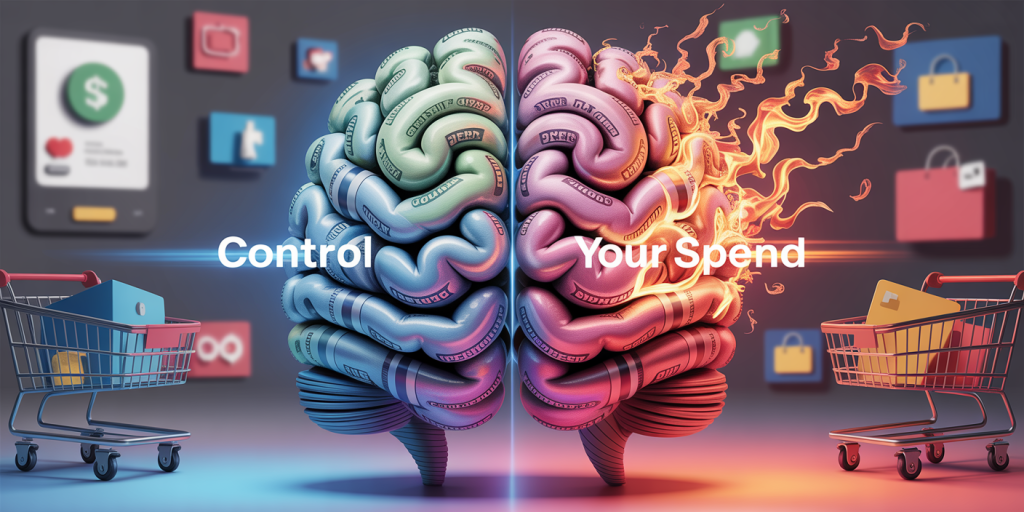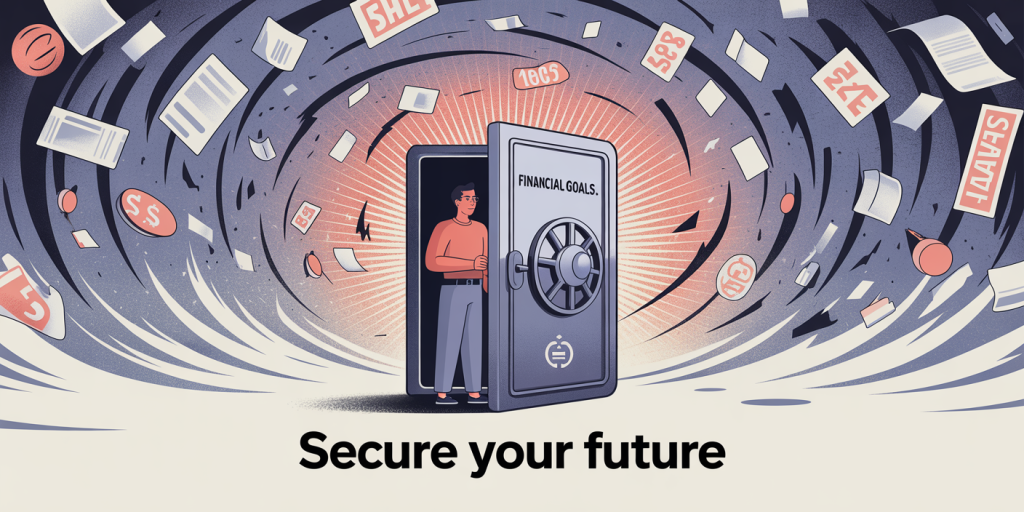Money Triggers: How Emotions Affect Your Spending (and How to Regain Control)
Money is never just about numbers. Behind every purchase is a web of emotions, beliefs, habits, and psychological patterns that influence the way we earn, save, spend, and invest. Understanding how your emotions affect your spending behavior is a powerful first step toward gaining financial freedom—not just in your wallet, but also in your mindset.
Whether you’ve ever bought something to celebrate a good day, to cope with a bad one, or to impress others, you’ve experienced a money trigger. These moments are emotional cues that lead us to spend—not out of necessity, but in response to a feeling.
In this article, we’ll explore how emotions shape your financial choices, how to recognize your own money triggers, and most importantly, how to regain control without feeling deprived or ashamed.

💥 What Are Money Triggers?
Money triggers are emotional or psychological responses that influence spending behavior—often without conscious awareness. These triggers are usually tied to past experiences, cultural beliefs, family upbringing, and even societal pressure.
For example:
- You feel stressed, so you order takeout or buy something online “just to feel better.”
- You feel guilty, so you overspend on gifts to make up for time or affection.
- You feel bored, so you browse shopping apps and add items to your cart impulsively.
These decisions aren’t rooted in logic—they’re emotionally charged. And while occasional emotional spending is normal, frequent unconscious spending can lead to debt, regret, and long-term financial insecurity.
🧠 The Psychology Behind Emotional Spending
There’s a reason emotional spending feels good in the moment. It activates the brain’s reward system, particularly the release of dopamine—a neurotransmitter that plays a role in pleasure and satisfaction.
But like any short-term reward, the effects fade quickly. You’re left with the same emotional state—and now, a smaller bank balance.
Common emotional drivers include:
1. Stress and Anxiety
People often spend money to temporarily relieve stress. Retail therapy provides a sense of control when everything else feels chaotic.
2. Low Self-Esteem
Spending can serve as a way to validate your worth—through material items, branded clothes, or expensive outings.
3. Boredom or Loneliness
Online shopping becomes a distraction or a way to simulate connection and excitement.
4. Guilt or Shame
Some people overspend to “make up” for something—like not being present for loved ones or feeling inadequate.
5. FOMO (Fear of Missing Out)
Seeing others spend on social media can pressure you to keep up, even when it’s outside your budget or values.
🔍 Identifying Your Money Triggers
To regain control, you need to become aware of your patterns. Self-awareness is the foundation of change.
Ask yourself:
- When do I tend to spend impulsively?
- What emotions do I feel right before I make unnecessary purchases?
- What types of items do I buy when triggered?
- What platforms or environments make me spend more?
Keeping a “spending journal” can help. For one week, track:
- What you bought
- Why you bought it
- How you felt before and after
You’ll start noticing trends—certain emotions or situations that consistently lead to impulse spending.

🛑 Common Situational Triggers
📱 Digital Environments
Apps and websites are designed to trigger your emotions. Flash sales, countdown timers, “only 2 left in stock”—all of these tactics prey on urgency and scarcity.
🛍️ Retail Spaces
Physical stores are curated to create emotional responses: music, lighting, product placement—all intended to make you stay longer and spend more.
🎉 Life Events
Celebrations, breakups, moves, or promotions often lead to “treating yourself.” While this isn’t inherently bad, it’s easy to lose control.
🧾 Budgeting Burnout
When people restrict their spending too tightly, they often rebound with “revenge spending” after periods of discipline.
✅ How to Regain Control (Without Guilt or Deprivation)
Controlling emotional spending doesn’t mean never treating yourself—it means being intentional and aligned with your values and goals.
Here’s a step-by-step guide to take back control:
1. Pause Before You Purchase
When you feel the urge to buy something, pause and ask:
- Do I need this right now?
- Am I trying to solve an emotional need?
- Can I wait 24 hours before deciding?
Creating even a small gap between impulse and action gives your logical brain time to engage.
2. Set Emotional Budgets
You can’t remove emotions from money—but you can plan for them.
Create a “feel-good fund” or “emotional buffer” in your budget for spontaneous spending. This allows freedom without sabotaging your finances.
Example:
Set aside $50/month for guilt-free spending—whether that’s a coffee date, a small splurge, or a spontaneous treat.
3. Replace Spending with Non-Monetary Rewards
Ask: “What am I actually needing right now?”
- If you’re bored: try walking, reading, or calling a friend.
- If you’re stressed: try journaling, deep breathing, or a short break.
- If you’re lonely: seek connection, not a package.
Create a list of non-financial coping strategies you can refer to when triggered.
4. Unsubscribe, Unfollow, Unplug
Reduce exposure to temptation:
- Unsubscribe from marketing emails
- Unfollow influencers that make you feel inadequate or triggered
- Use tools like website blockers or app timers to limit mindless browsing
Out of sight, out of cart.
5. Create Clear Spending Goals
Confidence comes from clarity. Instead of focusing on what you can’t buy, focus on what you’re working toward:
- Emergency fund
- Paying off debt
- Investing
- A vacation you truly value
Each intentional “no” today becomes a powerful “yes” to your future self.
6. Use Visual Reminders
Put a sticky note on your laptop or phone that says:
- “Is this aligned with my goals?”
- “Am I spending with intention?”
- “Will I still want this in 3 days?”
These visual cues act as speed bumps before financial autopilot kicks in.
7. Forgive Yourself and Move Forward
You will slip up—and that’s okay. The goal is progress, not perfection.
If you overspend, don’t spiral into shame. Reflect, reset, and re-engage with your goals. Self-compassion leads to better habits than self-punishment ever will.
💡 Rewriting Your Money Story
Our spending habits often come from the money stories we inherited:
- “Money is for spending, not saving.”
- “I have to work hard for every penny.”
- “I don’t deserve nice things.”
- “Rich people are greedy.”
These narratives shape how we treat money emotionally. Rewriting them can transform not only your bank account but your entire relationship with money.
Try this journaling prompt:
“What do I believe about money, and is it serving me?”
From there, create new affirmations:
- “I use money as a tool to build a secure and joyful life.”
- “I spend intentionally and save confidently.”
- “I can feel good without needing to buy something.”
🔚 Final Thoughts: Awareness is the First Currency
Money triggers are real, powerful, and deeply human. But they don’t have to control you.
By identifying your emotional spending patterns, practicing small mindset shifts, and building intentional habits, you can regain control without sacrificing joy or spontaneity.
You don’t need to be perfect. You just need to be present.
Every mindful purchase is a step closer to the life you truly want—not the one you’re trying to feel better about temporarily.

